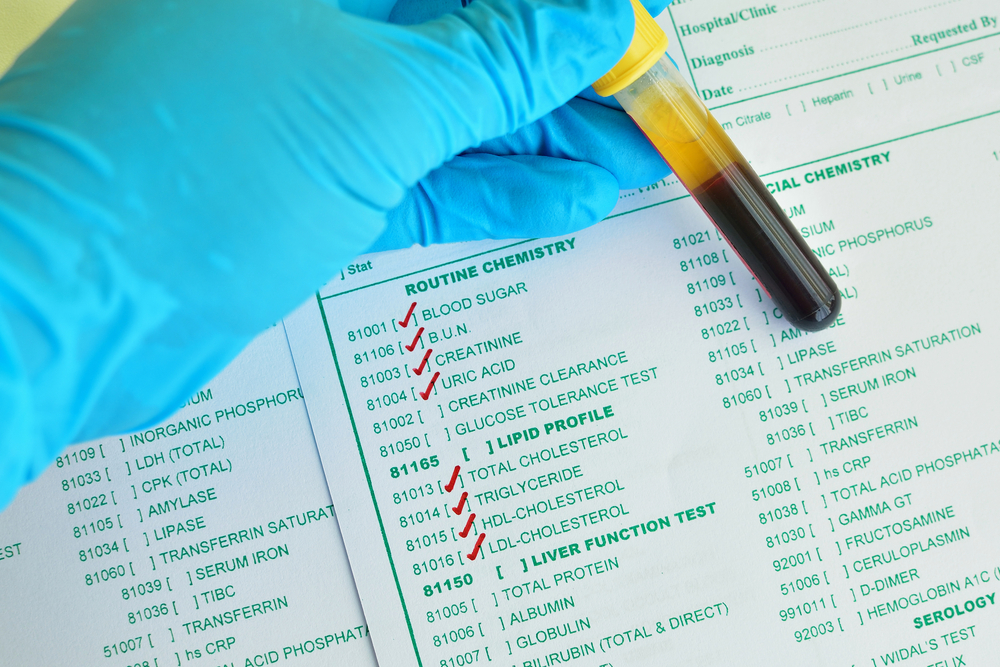Your veterinarian hands you your pet’s blood work results and your head spins as you try to decipher RBC, WBC, BUN, ALP, and more. This alphabet soup likely means little or nothing to you, when your pet’s health is all you care about. Without extensive medical knowledge, those results can be challenging to understand, so our Neighborhood Veterinary Centers team in Calder, Texas, is doing the legwork and breaking down blood work results into digestible bites.
Check out our guide, where we explain the basics of your pet’s blood work results. If you have more in-depth questions about your pet’s test results, do not hesitate to give our veterinarian a call.
Components of your pet’s blood work
Blood work is a critical diagnostic test that can unearth a great deal of hidden information about your pet’s health status. While an impressive range of blood tests that evaluate everything from organ function to allergic reactions is available, we focus here on standard blood tests you will likely run across.
Some of the most common blood tests for pets include:
- Complete blood count (CBC) — A CBC is exactly that—a quantitative analysis of your pet’s blood cells. Red blood cells, white blood cells, and platelets are identified and evaluated, with white blood cells further broken down into their specific types.
- Blood chemistry profile — Blood chemistry profiles look at various aspects of your pet’s blood, such as electrolytes and enzymes, to determine how the organs and body are functioning as a whole.
- Specialized profiles — Specialized blood chemistry profiles hone in on certain organs or body systems, such as the thyroid gland, or are used to monitor therapeutic drug levels. For example, a phenobarbital monitoring profile that measures the anti-epileptic drug level and various liver enzymes that metabolize the drug, is one specialized profile.
- Infectious disease testing — Some infectious diseases can be diagnosed through a simple in-house test that requires only a few drops of blood. From a small blood sample, we can diagnose heartworm disease, multiple tick-borne illnesses, and infectious feline diseases (e.g., feline leukemia, feline immunodeficiency virus).
Understanding your pet’s complete blood count
While learning the parts of a complete blood count is easy enough, understanding what cell count abnormalities mean is more complex. Here’s a rundown on the basics of a CBC:
- Red blood cell (RBC) count — Red blood cells carry oxygen throughout your pet’s body. The hematocrit is one value associated with the number of RBCs:
- A low hematocrit indicates anemia.
- An elevated hematocrit typically means your pet is dehydrated.
- White blood cell (WBC) count — Various types of white blood cells organize in the body in response to certain events, such as allergies, parasite infestations, infections, or cancer. WBC levels generally rise with inflammation or infection, but may also drop if your pet is battling a severe infection.
- Platelet count — Platelets are responsible for forming clots to stop bleeding. Low platelet counts can mean your pet’s blood cannot properly clot, or that your pet has a bleeding disorder that is using up their platelets.
Other CBC components impart information about the size and hemoglobin concentration of RBCs, and can categorize WBC types.
Understanding your pet’s blood chemistry profile

Blood chemistry profiles provide varying results, but they generally offer information about organ function. More in-depth profiles include electrolyte levels. Some of the most common results from a blood chemistry profile include:
- Blood urea nitrogen (BUN) and creatinine (CRE) — These two chemistry values provide information about kidney function, although they generally do not increase until about 75% of the kidneys are damaged.
- Alkaline phosphatase (ALP), alanine aminotransferase (ALT), and total bilirubin (TBIL) — These values are most commonly associated with liver function, and elevations indicate some form of liver damage.
- Amylase (AMY) and lipase (LIP) — Elevations in these values indicate a pancreatic issue.
- Blood glucose (GLU) — A high blood glucose could mean your pet has diabetes, while a low number is concerning, especially for pediatric pets.
Abnormalities in electrolytes, like calcium, potassium, phosphorus, sodium, and chloride, are associated with many health issues and can help narrow down a differential diagnosis list.
Blood work reveals critical information about your pet’s health status, and is an excellent tool for monitoring and diagnosing medical conditions. If you have questions about your pet’s blood work results, don’t hesitate to reach out to our Neighborhood Veterinary Centers team in Calder, Texas. We can help you make sense out of that alphabet soup.






Leave A Comment